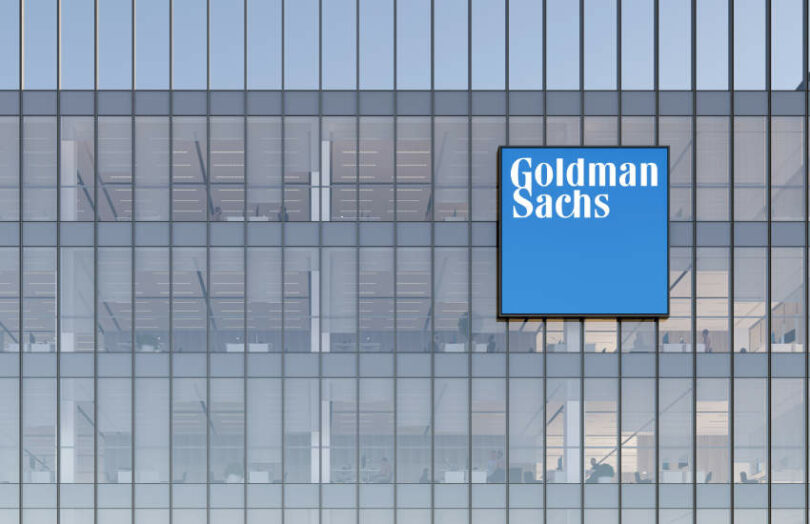In June, Goldman Sachs filed a patent application that aims to support fractional banking in the cryptocurrency world and on distributed ledgers (DLTs) more generally.
In the patent preamble Goldman notes there is a one-to-one relationship between a token and its ownership in the cryptocurrency world. “This technical limitation of existing approaches makes it impractical to use many powerful financial technologies that involve leverage with such cryptocurrencies.”
Crypto’s fully backed lending
The patent talks about pools, but not the sort of liquidity pools that the crypto world is familiar with, which operate relatively conservatively.
As context, with crypto lending protocols such as Compound and Aave, when multiple users deposit their dollar stablecoins, the amount the protocol lends cannot exceed the total deposited for that token. This is the critical difference compared to what Goldman proposes.
Fractional banking crypto style
Goldman’s patent talks about pools that contain tokens, where it’s possible for the claims on the tokens to be greater than the amount in the pool. If you think about a run on a bank, Goldman is providing a smart contract based solution for such a run.
For example, the smart contract would allow claims (or deposit withdrawals) until the reserves left in the pool hit a fractional limit. At that point you’re faced with more claims than funds in the pool. How the remaining depositors are paid back is based on rules. It might be they all receive a fixed percentage of what they’re owed, and there may be a separate deposit insurance pool that pays out up to a limit.
The patent doesn’t just consider fractional banking. In the case of insurance, the premiums paid into a pool might be insufficient to cover all the claims. Some will be paid out through reinsurance, but if the claims exceed the pool’s value, then smart contract logic will make the decisions. That might mean paying out 50% of each person’s claim, or something else. Other scenarios discussed include margin lending and securitizations where there are multiple tranches.
In fact, Goldman Sachs was already granted a patent on this topic in March of this year. The latest filing is a continuation.
In November last year, Goldman was granted another patent for tokenization. It describes a scenario where various securities and fiat currencies are tokenized for the purposes of enabling atomic settlement. Notably, these are all referred to as different types of SETLcoins, unrelated to the company SETL.
A more recent Goldman Sachs patent application relates to know your customer (KYC) and storing a unique identifier on a blockchain, which corresponds to a vetted identity off chain.






